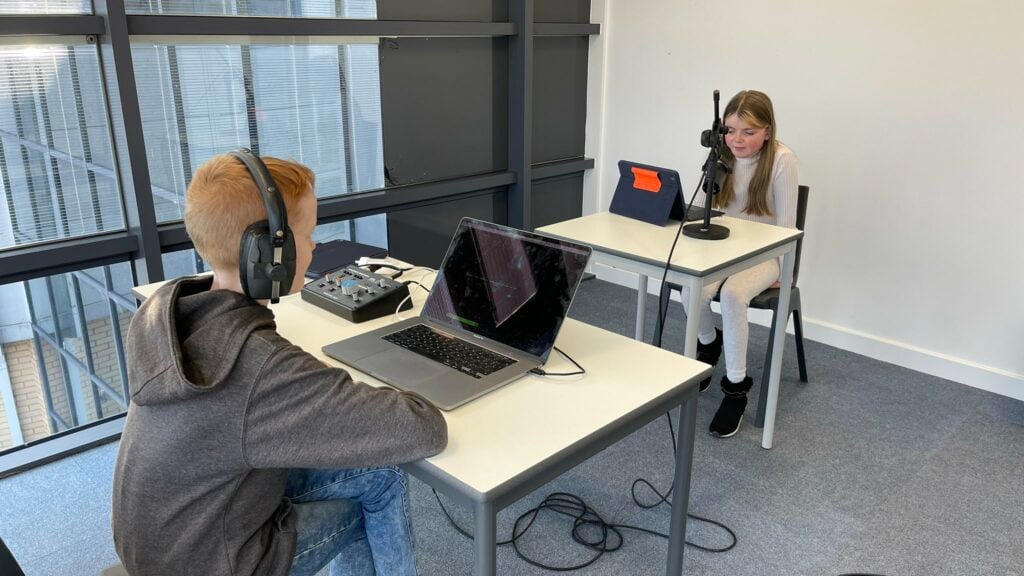GQ: Why do we need to honour all those who sacrificed in WWI?
Expedition lead: Emmy Tatters
Curriculum: HUMAN
Phase/Year group: Year 7
Delivery date: Spring 2022
In Spring 2022, students in Year 7 studied a HUMAN expedition called Do your bit!
Immersion
The Immersion for our expedition in HUMAN introduced World War one using the protocol, notices and wonders during a gallery walk as well as when watching film clips to immerse them in the topic. We also looked at the poem Salt by Anthony Joseph and extracts from Across the Black Waters by Mulk Raf Anand to get the students engaged with our key English standard of creative expression and narrative voice. We then used the BBK protocol to introduce the idea of the British Empire and examined some maps and artefacts of the Empire. This suggested and provided clues to the content of the expedition before the guiding question was revealed.
Case Studies
The expedition was broken into three case studies, the first was called ‘The call to arms’ where we focused on looking at why the war broke out and how the men were recruited. To demonstrate their understanding of the pressures felt, students completed a piece of creative writing in persona as someone experiencing the pressures of propaganda. Students completed an assessment making inferences about war propaganda by interrogating a contemporary source.
The second case study was called ‘The call of the Motherland’ which focused on how the Commonwealth Countries were called upon to help the war effort and how their diverse cultures and religions impacted them on the battlefield. To kick start the case study, students worked with experts from the Commonwealth War Graves Commission and worked as historians to discover the global scale of the war. Students completed a historical sources assessment, comparing a propaganda poster used in Britain with one used in the Empire. Students also engaged with an expert from A Little History of the Sikhs who talked to the students about how Sikhism impacted on them on their battlefield experiences. To further their Sikh study, students also visited a Gurdwara to learn more about the principles of the religion. Students then completed a piece of creative writing from the battlefield writing as either a battlefield nurse, a Sikh or an animal from the battlefield. In art students studied digital art skills, at first looking at surrealist artists such as Terry Gilliam and Hannah Hoch. We then studied the work of Andy Warhol and Peter Blake and students created a digital photomontage in the style of Peter Blake to represent soldiers from locations across the Commonwealth superimposed against their nations on a map.
The third case study was called “The call of home” and explored the lasting effects of the war; particularly the impact of racism, PTSD and the effect on those who lost loved ones during the war. Students again engaged with experts from the Durham Light Infantry museum to explore the home front implications of WWI. As well as this, they conducted fieldwork to a local cemetery to look at the Commonwealth War Graves there, accompanied by an expert who talked to the students about the function of the CWGC and how they attempt to honour all those who sacrificed. They will write a final piece of creative writing as a voice ‘coming home’, showing the lasting impact of war. As a final assessment, students answered an essay question; ‘How did the experiences of Commonwealth soldiers during WWI impact on Britain’s Empire?’ as well as testing their continent knowledge and their understanding of the key teachings of Sikhism. In Art students learned how to draw the human figure using an underlying framework and with the correct proportions. We then used this learning to help us to create wire figures, with each student creating a soldier in different coloured wires to represent the soldiers of many different ethnicities that sacrificed. These 50 wire soldiers were then combined to make a large sculpture piece which sits above the entrance to our school.

Our product was a radio broadcast, modelled on wartime broadcasts. Students were directed towards one of their creative pieces and went through a rigorous critique process to perfect their writing as well as working with an expert to guide them on their tone of voice and oral delivery in preparation for recording. Students told the chronological story of the war, interspersed with their creative and descriptive writing from the unheard voices of those that sacrificed. This broadcast was recorded ‘as live’ and played out on a local radio station.
Our Celebration of Learning was a live presentation of the recorded broadcast interspersed with drama performances to an audience of parents and experts where they presented their learning about WWI; the recruitment techniques, the commonwealth losses at The Battle of the Somme and their own creative writing from hitherto neglected perspectives.
Learning Targets
The learning targets were:
LT1: I can analyse the effects of war propaganda and recruitment techniques.
LT2: I can express an unheard voice in war.
LT3: I can use maps of the world to explore Britain’s Empire.
LT4: I can explain the impact religious beliefs can have on soldiers.
